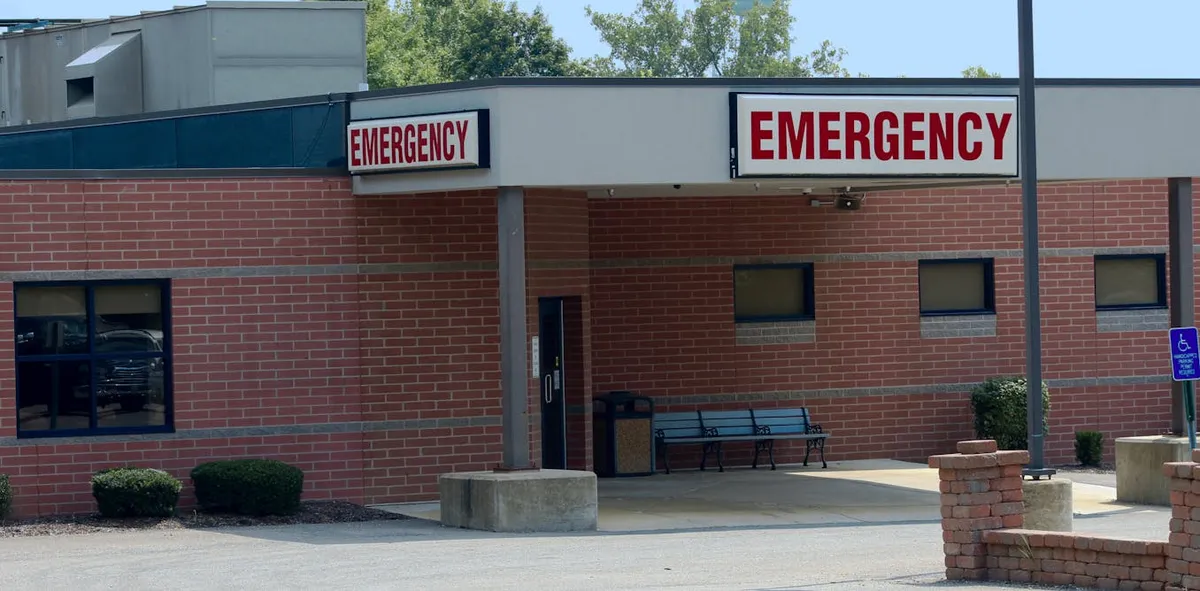
The public health provisions in the significant spending package signed into law by President Donald Trump on July 4, 2025, will have profound effects on the Medicaid program, reducing spending by over US$1 trillion over a decade. This drastic cut is projected to lead to 11.8 million people losing their health insurance coverage. As researchers focused on rural health and health policy, we anticipate that these Medicaid reductions, alongside changes to the Affordable Care Act (ACA), will disproportionately impact the 66 million people living in rural America, which accounts for nearly 1 in 5 Americans. Individuals in rural areas are more likely to rely on Medicaid for health insurance, and the risk of losing this coverage is alarmingly high.
The most significant repercussions of this budget legislation on rural America stem from alterations to the Medicaid program, marking the largest federal rollback of health insurance coverage in the United States to date. Firstly, the legislation modifies how states can finance their Medicaid contributions by limiting the sources of funds they may utilize. This bill imposes restrictions on how states can tax and charge fees to hospitals, managed care organizations, and other healthcare providers, directly affecting how they can utilize these funds to provide higher reimbursement rates under Medicaid.
These limitations will inevitably lead to reduced payments to rural hospitals that depend on Medicaid to remain operational. Secondly, by 2027, states will be mandated to implement work requirements that stipulate most Medicaid enrollees must work 80 hours per month or be enrolled in school at least half-time. Arkansas' brief experience with work requirements in 2018 illustrated that such policies do not promote employment but rather increase bureaucracy, complicating access to health benefits for those who are eligible.
Additionally, states will now be required to verify Medicaid eligibility every six months instead of annually, adding further bureaucracy that could lead to more individuals losing their coverage. The Congressional Budget Office estimates that these work requirements could result in nearly 5 million people losing Medicaid coverage, compounding the challenges faced by rural hospitals by decreasing the number of patients with insurance and increasing the unpaid care that hospitals are required to provide.
The bill also modifies how individuals qualify for premium tax credits within the ACA Marketplace. The Congressional Budget Office has projected that these changes, coupled with fewer enrollment periods and additional income documentation requirements, will lead to about 3 million people becoming uninsured through the ACA Marketplace by 2034. The temporary expansion of premium tax credits during the COVID-19 pandemic significantly aided millions of Americans in obtaining coverage, but the expiration of these credits could result in an additional 4.2 million people becoming uninsured.
Lawmakers from both parties have expressed concerns regarding the potential effects of this legislative package on the financial stability of rural hospitals and frontier hospitals—those situated in remote areas with fewer than six residents per square mile. In response, the Senate voted to allocate $50 billion over the next five years for a new Rural Health Transformation Program. These funds will be distributed in two ways: half will be equally allocated to states that submit a rural health transformation plan, while the remainder will be distributed variably through an unspecified process. While this funding is appreciated, the effectiveness of its distribution and its sufficiency will be crucial, especially as estimates predict a $155 billion reduction in federal spending over 10 years in rural areas.
Rural and frontier hospitals have long struggled with challenges such as aging infrastructure, older and sicker patient populations, geographic isolation, and increased financial and regulatory burdens. Since 2010, a total of 153 rural hospitals have either closed or ceased providing inpatient services. This trend is exacerbated in states that have opted not to expand Medicaid under the ACA, which typically have larger rural populations.
According to an analysis by researchers at the University of North Carolina, as of June 2025, 338 hospitals are at risk of reducing essential services, converting to alternative healthcare facilities, or closing entirely. Maternity care is particularly vulnerable, with more than half of rural hospitals no longer offering delivery services. Rural facilities serve fewer patients and face high fixed costs, heavily relying on Medicaid payments, which often offer lower rates than commercial insurance.
Furthermore, rural hospitals are not merely healthcare providers; they are essential economic engines within their communities. The closure of these facilities can lead to diminished access to healthcare, forcing residents to travel longer distances or forgo necessary services altogether. Additionally, rural hospitals are among the largest employers in their communities, and their closure can erode the local tax base, limiting funding for essential services and making it challenging to attract new businesses.
The decline in rural healthcare not only jeopardizes local economies but also poses risks to the overall health of the U.S. economy. Given that rural America plays a crucial role in the production of food, fuel, and other natural resources, further weakening rural hospitals may have far-reaching implications beyond the immediate healthcare landscape.